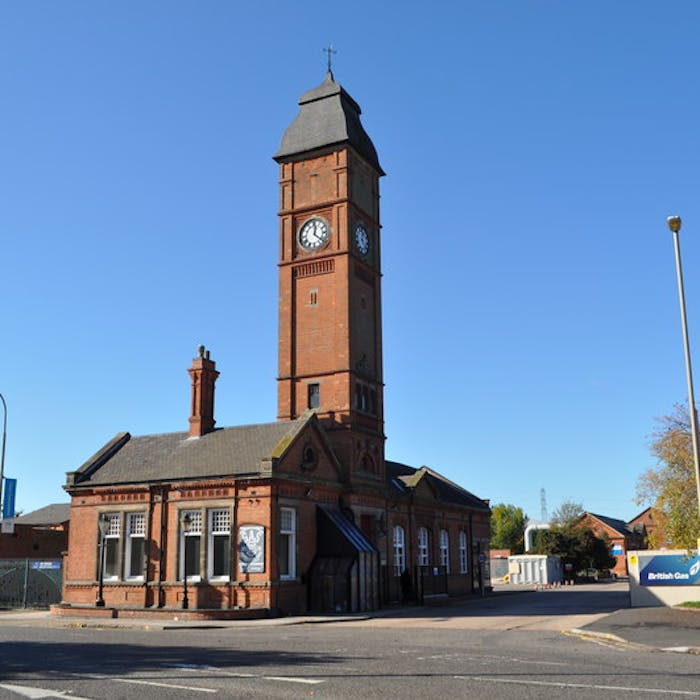
The National Gas Museum - Leicester's powerful celebration of an industry
A handsome brick building in Leicester is home to an unusual but significant museum. The National Gas Museum collects the artefacts and machinery associated with Britain's rich history of gas manufacture and supply.
The National Gas Museum opened in 1977 and is now the world’s largest and most significant gas history collection.
It was created through a trust that has set out to make sure England’s history of gas usage, both in the home and in industry, is preserved and recognised.
Visitors can see vintage working gas lights, learn how gas was made from coal and other natural sources, discover weird and wonderful gas gadgets like the gas radio and the gas hair-dryer. They can smell the unique scent of coal gas and learn about how gas became one of the world’s most important energy sources; providing power for lighting, heating and cooking in millions of homes.
The museum explores the early days of gas when it was the source of the brightest lighting available in Victorian Britain, and more recently, the enormous effort made later to extract and supply the country with North Sea Gas.
The collection is held across two floors in the Victorian gatehouse of the former Leicester Corporation Gas Works, once a major provider of industrial gas in the area. The museum holds hover 4,000 items in its collection including such day-to-day things as stoves and lighting fixtures, and more obscure pieces of gas-powered machinery, created in the days when the availability of gas was opening the door to new industrial and consumer activities.
It is run by the National Gas Museum Trust with financial support from Centrica and National Grid plc.
For those who are energised by the idea of gas heritage, there is also a museum in Norfolk, the Fakenham Museum of Gas and Local History - the only surviving town gasworks in England and Wales, complete with all equipment used for the manufacture of gas from coal: retorts, condenser, purifiers, meter and gasholder. The former gasworks ceased production of gas from the heating of coal in 1965, following the discovery of Natural Gas in the North Sea. A Scheduled Ancient Monument, the museum celebrates the life of William Murdoch, the Scottish inventor first to make extensive use of coal gas for illumination and a pioneer in the development of steam power in the 18th century.
Further reading
Links to external websites are not maintained by Bite Sized Britain. They are provided to give users access to additional information. Bite Sized Britain is not responsible for the content of these external websites.
